subcutaneous fluids for cats side effects
Cats can be prone to kidney renal disease which can eventually turn to renal failure where the kidneys no longer function properly. Without fluid therapy the cat can become dehydrated and feel worse.
Hes only had 2 so far but with this second one the side the vet injected him in had a bulge and now his skin is kind of sagging heavily in that.

. Fluids may even move under the skin of the front or rear legs in rare instances. A variety of conditions are treated in cats with subcutaneous fluid administration. Most intravenous fluid bags contain either 500ml of fluids or 1litre.
Do not be alarmed. It IS possible to over hydrate so dont immediately think if some is good more is better. As the toxins build up and the cat becomes dehydrated he loses his appetite and energy.
If absorption is slow gravity may cause the fluids to migrate downward along the side of the body. Your cat can also receive fluids subcutaneously in the area just under the skin and on top of the underlying muscle. Feline Hyperthyroid Disease.
Common diseases which may lead to needing fluid therapy include. In animals with loose skin over their backs this area works well for fluid administration. Some cats may have serious kidney problems or failure and may get dehydrated more often than others.
In many instances this diagnosis requires giving your cat injectable fluids to prevent dehydration and to help the kidneys. Some cats will fight against or resist fluids. Feline Kidney Failure and Injectable Fluids.
With chronic kidney disease ckd or kidney failure cats usually produce more urine than usual and may become dehydrated as they may not drink sufficiently to compensate for the fluid loss. Have the animal the client and yourself with or without an assistant in the room with the unopened fluid bag the. Most commonly they are used in home.
During many chronic disease processes especially chronic kidney disease cats. If fluid is still obvious under the skin when your cat is next due for fluids you should. If your cats bloodwork improves or your cat seems to stop absorbing the fluids it may be that she needs fewer or no fluids.
Started these subcutaneous injections for his kidney disease. If that happens to you and your cat there could be things to change about the process to make things more comfortable for both of you. Cat Fighting or Resisting Fluids.
The advantages of subcutaneous fluids are the ease of administration convenience and low cost. Shock which results in extreme dilation of the blood vessels. Fluid buildup in a cat with heart.
Can you give a cat too much subcutaneous fluids. Too much subcutaenous fluids can cause hypertension and cats that have heart problems can develop fluid buildup in the body. Dehydration leads to a decrease in the bodys ability to perform basic functions and also causes cats to feel lethargic.
Though subcutaneous fluids replace the fluid loss from the body and make the pet feel better the duration of effect varies for different cats. The fluid is usually given under the skin high up on the chest but gravity will often cause the fluids to accumulate lower down on the chest or tummy. However they are not appropriate for treatment of shock or severe dehydration.
The advantages of subcutaneous fluids are the ease of administration convenience and low cost. Why Would You Give Subcutaneous Fluids to Your Cat. For cats it is most common to use 500ml bags for subcutaneous administration.
Fluid overload is a commonly mentioned negative side effect of intravenous fluid therapy especially in patients with initial renal dysfunction. Subcutaneous fluids also have a risk of an embolism if the needle misses the vein. Often a sick cat will not drink enough fluids.
Your cat will probably receive subcutaneous fluids at a veterinary clinic. Giving more than is needed to maintain hydration is a strain on the kidneys see When to use subcutaneous fluids can make a cat feel uncomfortable and of course costs more. Cats with chronic kidney disease lose their ability to conserve water and filter toxins from the blood.
Pre warming the fluids to make them lukewarm helps to reduce irritation and make the proce dure more comfortable for the cat. With your other hand gently scruff your cat just behind its. These problems can be addressed by feeding canned food which is about 80 percent water and giving fluids under the skin.
Fluids may even move under the skin of the front or rear legs in rare instances. This refers to the procedure of administering. Symptoms of Hyperthyroidism in cats include frequent vomiting diarrhea and polydipsia increased thirst clues that Hyperthyroid cats may be dehydrated.
Do not be alarmed. This lump should go down in about 6-8 hours as your cats body absorbs the fluid. Do not be alarmed.
Most commonly they are used in home treatment of mild to moderate kidney disease. Cat Fighting or Resisting Fluids Fluids Not Flowing Leaking Needle Problems Cant Read the Bag Collapsed Bag. Do not be alarmed.
As the fluids are running a lump will form under the skin. As the fluids are running a lump will form under the skin. This is the pocket of fluid that will be absorbed over the next few hours.
Your cat will have a large lump of fluid on its back after each fluid administration. If absorption is slow gravity may cause the fluids to migrate downward along the side of the body. Only give the amount of fluids as recommended by your vet.
If your cat needs more than 100 milliliters of fluid your veterinarian will likely advise you to divide the total amount of fluid over multiple injection sites. Giving more than is needed to maintain hydration is a strain on the kidneys see when to use subcutaneous fluids can make a cat feel uncomfortable and of course costs more. Subcutaneous Fluids For Cats Side Effects.
There are several situations where a cat may need subcutaneous fluids some of the most common being severe kidney problems liver disease or some other life-threatening condition like cancer. Although it may sound frightening at first done properly giving Sub-Q fluids isnt all that bad and your cat will feel so much better afterward that its well worth learning how. Dehydration is a loss of fluid from the extracellular fluid.
If this happens the fluids will still be absorbed and your cat.
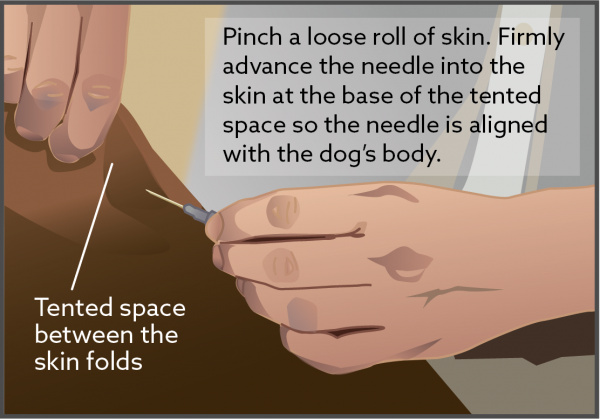
Subcutaneous Fluid Administration In Cats Vca Animal Hospital
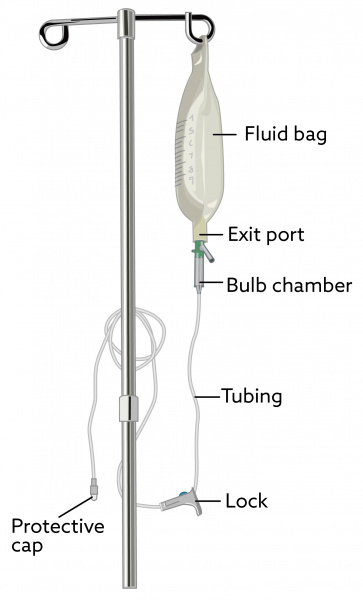
Subcutaneous Fluid Administration In Cats Vca Animal Hospital
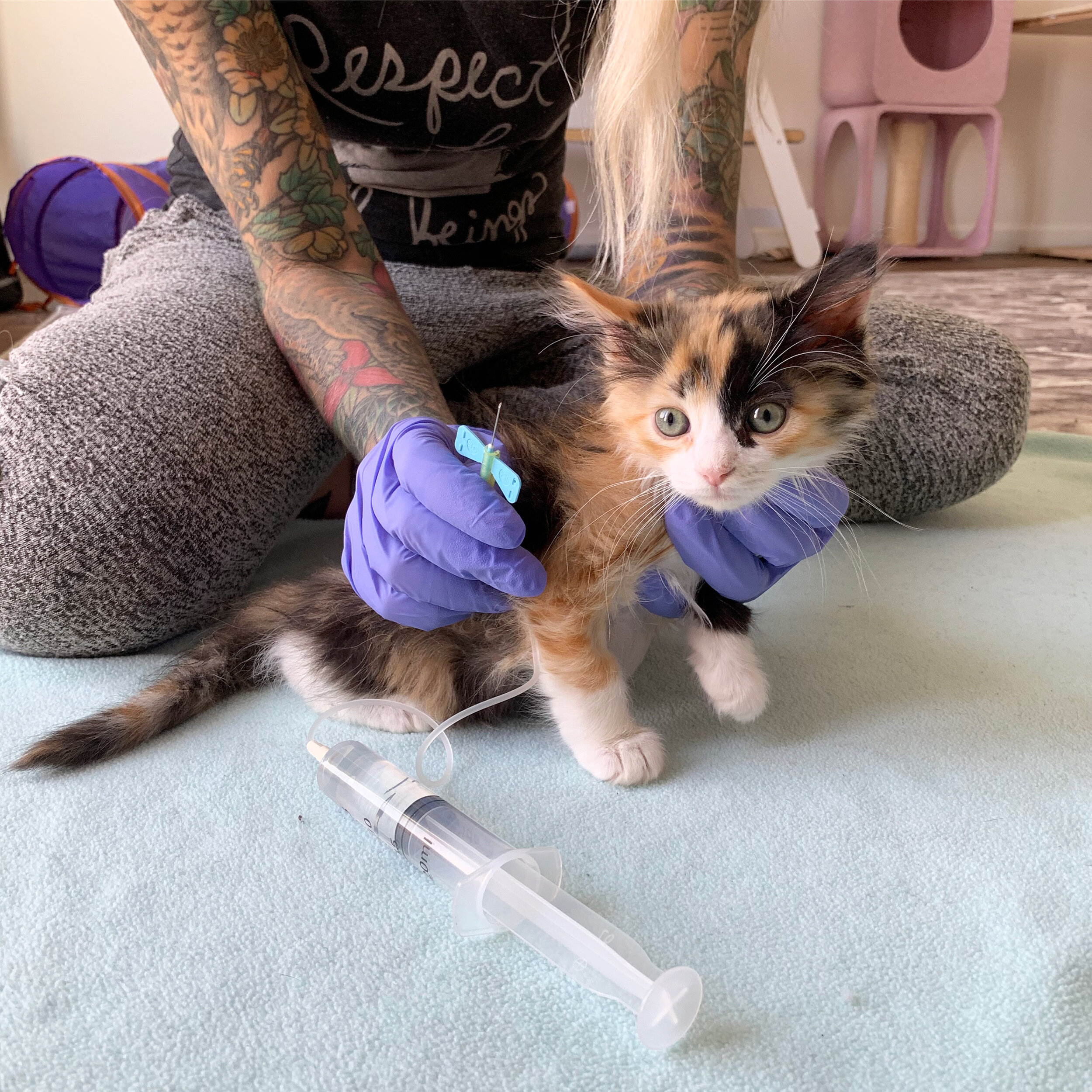
Subcutaneous Fluids For Young Kittens Kitten Lady

The Basics Of Fluid Therapy Today S Veterinary Nurse

How To Give Subcutaneous Fluids To Your Cat At Home Youtube
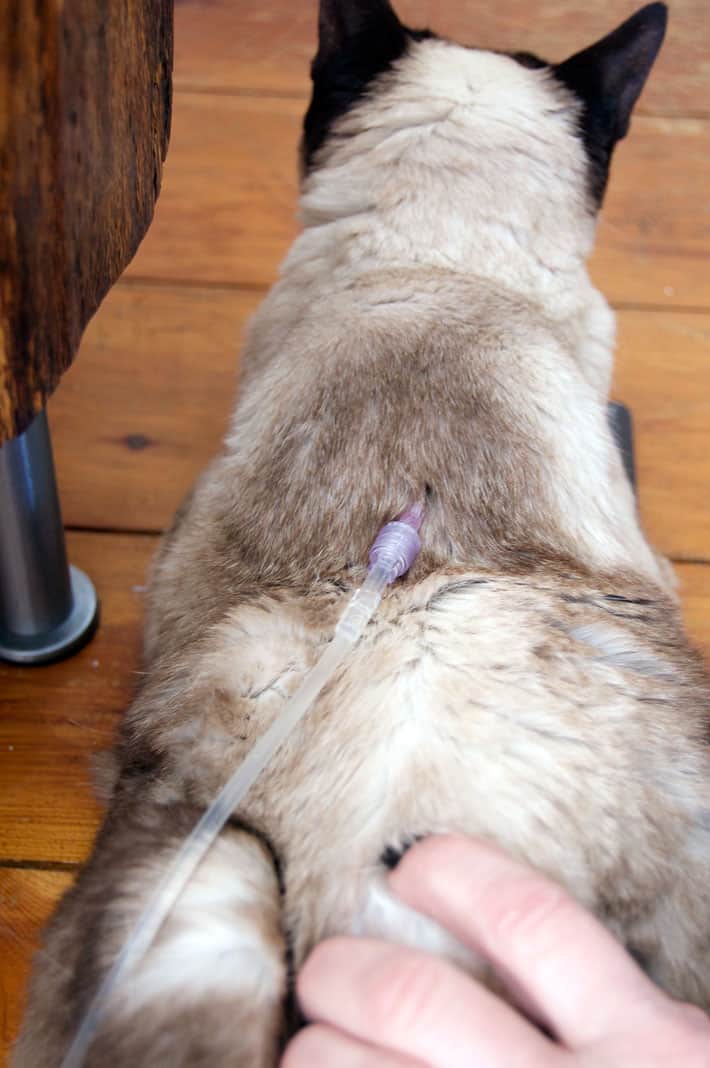
How To Give Subcutaneous Fluids To Your Elderly Cat
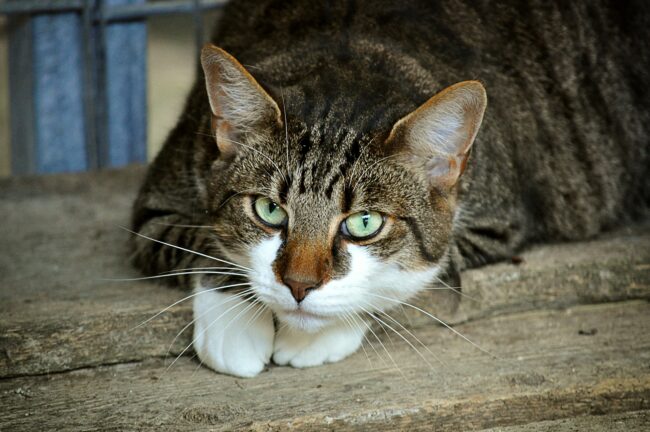
Subcutaneous Fluids For Cats Administration Side Effects More

Benefits Of Subcutaneous Fluids In Cats With Chronic Kidney Disease Figo Pet Insurance

Intravenous Fluid Iv Fluids Therapy In Cats
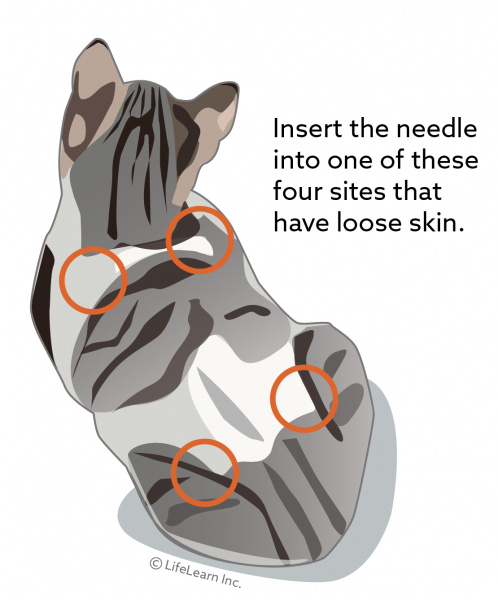
Subcutaneous Fluid Administration In Cats Vca Animal Hospital
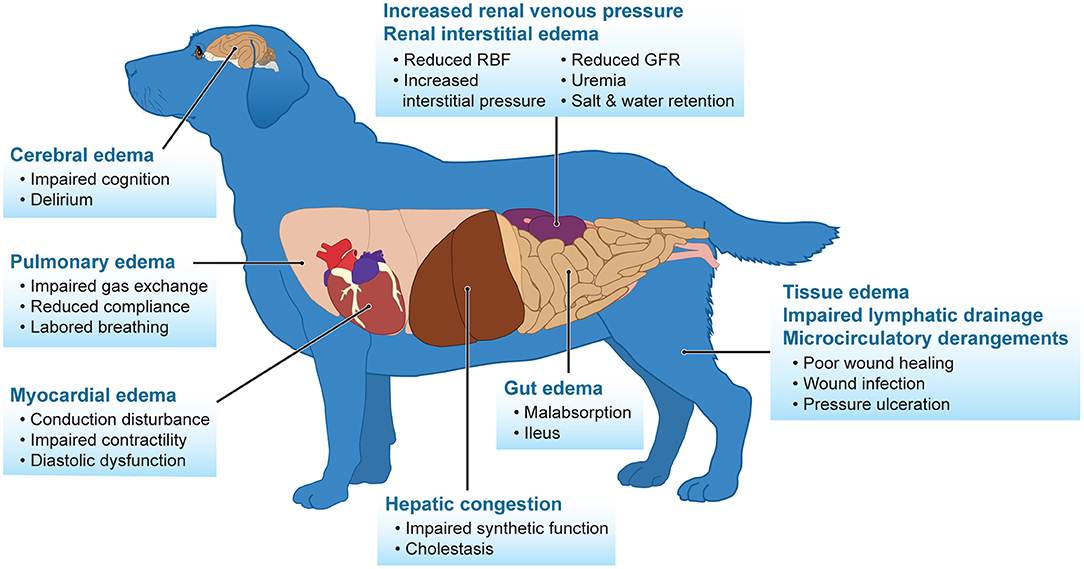
Frontiers Effects Of Iv Fluids In Dogs And Cats With Kidney Failure